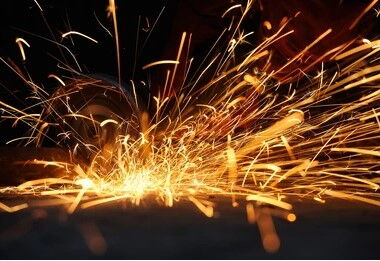Hollow Forging Manufacturing Process and Quality Control
Hollow forgings are commonly used in industries like aerospace, automotive, petrochemical, and machinery because of their high strength and durability. The process of making these parts involves several key steps, from material selection to finishing, and each one plays a crucial role in ensuring the final product meets the required standards. In this guide, we'll walk through the hollow forging process, look at common issues, and explore ways to improve quality control. Hollow Forging Manufacturing...












